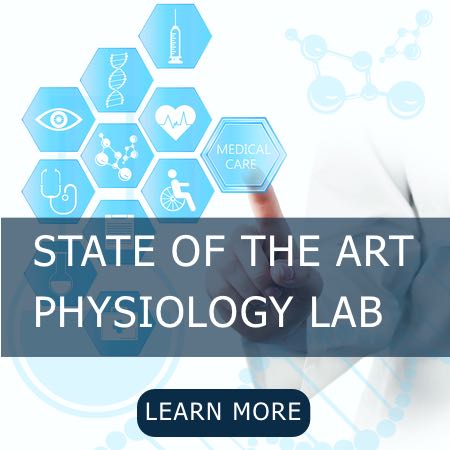UPPER ENDOSCOPY
What is an Upper GI endoscopy?
An upper endoscopy is a minimally invasive examination of the upper gastrointestinal tract, consisting of the esophagus, stomach, and first part of the small intestine (duodenum). This procedure is used to evaluate for causes of abdominal pain, nausea, swallowing problems, stubborn heartburn, suspected ulcers, other forms of inflammation, suspected tumors, as well as to identify and correct bleeding problems in these areas.
How do I prepare for my procedure?
Prior to endoscopy, your doctor needs to know about any medical conditions you have, including: heart and lung conditions, diabetes, pregnancy or allergies to any medication. In addition, if you have a condition which requires antibiotics before surgical procedures, your doctor needs to know; however, it is very seldom that antibiotics are needed before endoscopy. The stomach must be empty of food, usually for at least 8 hours, and empty of even simple fluid for 2 hours or more before endoscopy.
Helpful Resources
How is the endoscopy performed?
A physician and endoscopy staff will perform the procedure. An IV is started and sedation medications are administered before the scope is passed. Deep relaxation, and usually a state of being unaware of the procedure, is accomplished with the sedative. Patients who do not want any form of sedation can typically do fine during the procedure. Some physicians have patients gargle or get a spray with a topical numbing medication, but for a patient given sedation this doesn’t seem necessary in typical cases—the deep relaxation stops the natural tendency to gag for a few seconds as the scope is passed. . When the procedure begins, the patient will lie on their side. Then, the doctor will carefully pass the endoscope down your esophagus, into your stomach and duodenum. The video chip in the scope tip transmits a detailed image to the monitor the physician watches, and periodically still photos of findings are taken. During the endoscopy, the doctor may take tissue samples (biopsies) of tissue, but there are no nerve endings that would cause you to feel this and the biopsy is very safe to perform. Depending on the situation, other procedures might be performed, such as treating causes of bleeding, dilating (expanding) areas of narrowing or placing feeding tubes.
What can I expect after my procedure?
The sedation given during the procedure causes drowsiness and impairs your judgment or reaction times, making it unsafe for you to drive or operate machinery for the day of the endoscopy. This is why we require someone else to drive you home, or a responsible adult to accompany you if you need to take a cab home. You are safe to drive the day after the endoscopy. Food can be resumed ordinarily as soon as you leave the endoscopy unit. You will receive instructions regarding medications, to resume, continue holding or to start something new.
When will I know the outcome of the endoscopy?
Doctors can state some of the outcomes of your procedure promptly after the endoscopy. In some cases, a biopsy or small procedure will be done during the test. Other than that, results will come within 1 week of your procedure.
Where will the procedure take place and how long will it take?
The upper GI endoscopy will most likely take place in an outpatient endoscopy center or outpatient GI unit of a hospital. It will take about 10 to 30 minutes to conduct the procedure.
What are the risks involved with the endoscopy?
Risks of an upper GI endoscopy are infrequent and typically minor (nausea, gassy discomfort, sore throat), but rarely more serious problems can occur. These include bleeding from the site where the doctor took the biopsy or removed a polyp, sometimes immediate, sometimes delayed for up to 7-10 day, perforation of the lining of your upper GI trac or an abnormal reaction to the sedative, including respiratory or cardiac problems.
What are my alternatives to this procedure?
The most common alternative to upper endoscopy is an upper GI x-ray examination utilizing barium. This examination requires that you swallow barium (a chalky liquid), and x-rays are taken. Some abnormalities of the upper gastrointestinal tract can be detected by studying these films; however, the procedure is generally recognized as not being as accurate as an upper endoscopy, and does not allow for biopsy and removal of tissue. CAT scans don’t show details of the interior of the organs the endoscope examines.


